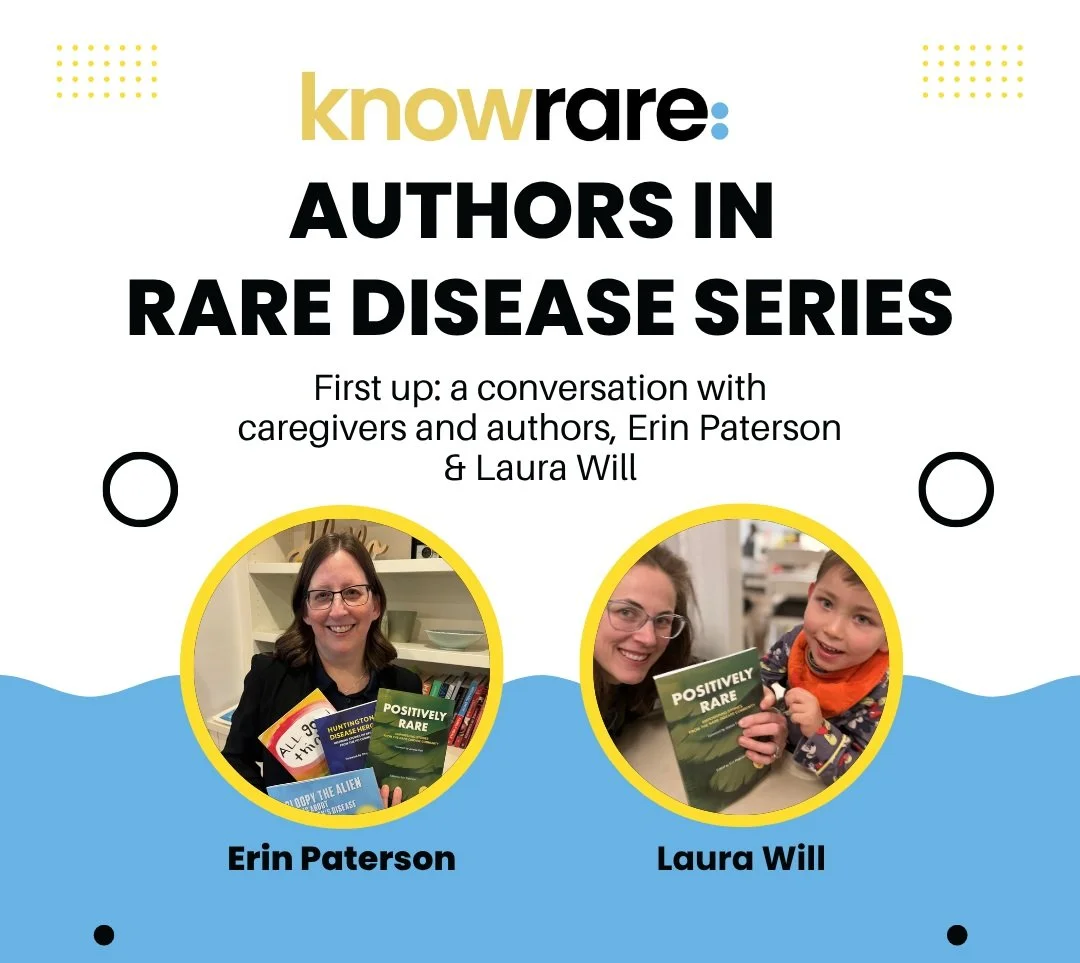Organization Spotlight: The Familial Dysautonomia Foundation
When it comes to finding answers about rare diseases, nothing is more powerful than a parent’s determination and perseverance. That’s exactly how the Familial Dysautonomia (FD) Foundation came to be in 1951. Shortly after the rare disorder was first recognized by doctors, a group of parents connected in search of support and treatment options. While the genetic cause of the disorder was unknown at that time, all the families were of Ashkenazi Jewish descent. Together, the parents compared symptoms and shared their knowledge about the best types of care for their children. As a result, they became one of the first organizations for genetic diseases in the United States.
More than 70 years later, the FD Foundation retains its focus on families and patients but has expanded its mission to support groundbreaking research and treatments that dramatically improve the quality of life and life expectancy for people living with FD worldwide. Notably, the Foundation provides funding for research and clinical centers for treating Dysautonomia in New York at NYU Langone Medical Center and in Israel, with support for those with FD in Canada, Mexico, and the UK.
Because FD families share information about their children with one another and with the medical teams in New York and Israel, as well as with the foundation’s Scientific Advisory Board, there have been big advancements in understanding the disease and investigations into new treatments. In addition, such progress has allowed family planning for parents who are carriers of the gene through genetic testing with groups such as J Screen or Dor Yeshorim.
“The forward-thinking and the community’s contribution have had a significant impact,” notes Faye Ginsburg, Ph.D., president of FD Foundation, professor of anthropology at NYU, and parent to an adult living with FD. “When my daughter Samantha was born in 1989, the life expectancy was 10. Today, she’s 33 years old.” Worldwide, the youngest known person with FD is two years old and the oldest is 60.
What exactly is Familial Dysautonomia?
“One of the challenges for this community is that most of the general public hasn’t heard of Familial Dysautonomia,” says Lanie Etkind, Executive Director of the FD Foundation. It’s an ultra-rare genetic condition. Currently, there are fewer than 320 people living with FD worldwide, and it occurs almost exclusively in children with Ashkenazi Jewish heritage.
The disorder affects the autonomic and sensory nervous systems. “People living with FD are unable to sense information inside their bodies,” Ginsburg explains. They experience reduced sensitivity to pain and temperature, for example, and an inability to produce tears. Blood pressure fluctuations are also common. “Many of the bodily functions that we take for granted are not functioning in people with FD,” she says.
Like many rare diseases, FD manifests differently in different individuals. FD is inherited in an autosomal recessive manner, when both otherwise healthy parents pass on their copy of a mutated gene to their unborn child.
Since the community has been so diligent about sharing their experiences and symptoms, it has been noted that there’s a wide range of presentations. Some people with FD have developmental disabilities and never acquire language. Others are developmentally typical but experience various physical symptoms. The condition is degenerative; some lose mobility or vision over time. Part of the challenge for doctors and scientists studying FD is determining how the FD mutation interacts with different genomes in order to pinpoint the best approach to treating each individual’s presentation of the disease.
The Importance of Sharing Histories for Research and the Future
Research has been a driving force behind developing FD treatment for decades, says Etkind. Notably, Dr. Felicia Axelrod, one of the first attending physicians for several FD patients in New York, saw the need to collect and systematically organize data and medical histories for people with FD. Within a few years, she founded the Dysautonomia Center at NYU Medical Center (now NYU Langone Medical Center).
Under her guidance, the Dysautonomia Center collected medical history questionnaires. Then, in the 1980s, Dr. Axelrod began the process of digitizing the FD data. With data collected from more than 650 patients, the Center received a grant from the National Institutes of Health (NIH) to use and expand on this data to conduct a natural history study to help researchers better understand the progression of the disorder and develop new treatments.
In 1990, after consulting with scientists, the FD Foundation directed funds toward research to locate the specific gene responsible for FD. And, in 2001, Dr. Susan A. Slaugenhaupt discovered the FD gene mutation on Chromosome 9Q. Once the gene was identified, couples could be tested before conceiving to determine if they carried the gene, and babies could be screened prenatally. This was a big breakthrough for families who now had a way to plan for future births, and for their non-FD children to learn if they are carriers of the mutation as they planned their own families.
Over the years, researchers have collected data on almost every known FD patient, Etkind says. And because FD is a neurological disorder, the research being conducted on FD has the potential to help many other neurological conditions, such as Multiple Sclerosis and Parkinson’s Disease.
It all goes to show the importance of understanding even the rarest of genetic disorders and sharing that knowledge with the scientific community and the world.
Want to learn more? Start here:
To learn more about Familial Dysautonomia, visit familialdysautonomia.org.
For the latest news and research, check out NYU Dysautonomia Center’s Blog.





























